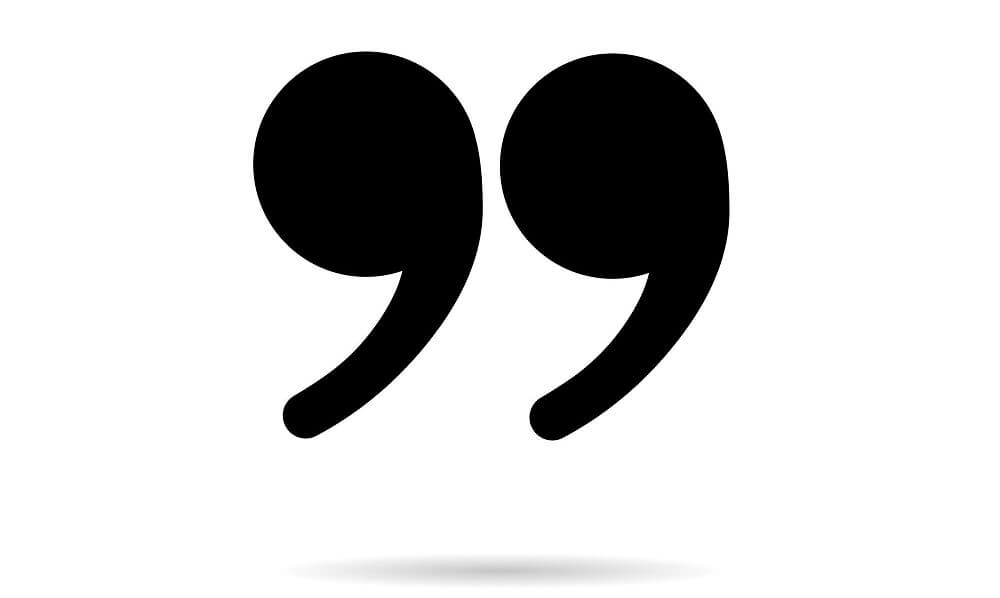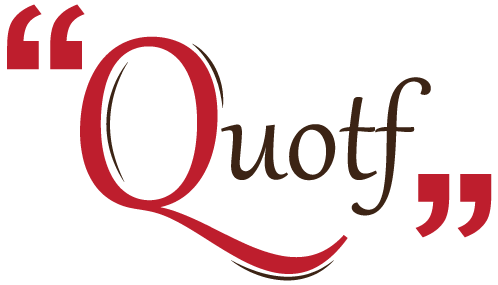Writing Quotes in an Essay: Tips from Experts

Essays are those burdens, frankly speaking, because they can come with hidden professor’s expectations or “too-much” academic requirements. You may greatly puzzle your head and seek assistance with your fellow students, or online writing services. It partially concerns the events, when a professor expects you to operate with quotes. It does not sound complicated, however, students manage to make everything as complex as possible.
This brief guide will disclose the basic information regarding quotes, and their smoothest immersion in your essays.
What Are Quotes, and How to Use Them Academically?
In simple terms, quotes or often referred to as quotations, are a repeat of words derived from one or another text, or speech. They serve as evidence or reference that helps a reader see your acknowledgement or understanding of the text. Besides, they serve as supporting tools for your arguments.
How to differentiate a quote from other statements? Logically to assume, they should be properly inserted into an essay. Today, you have to use quotation marks that are represented by single inverted commas – (‘’), or double inverted commas (“”). There are no strict requirements regarding which type to use, so it is better to refer to your academic materials or ask a professor directly. Yet, American standards prefer double inverted commas, while Australian and British ones go for single inverted commas.

Alongside the support for your arguments, you may solely want to use quotes for your essay. For instance, they will perfectly fit the events when you want:
- Add interesting facts from the text to make your paper more engaging;
- Show that you can operate with quotes, and know-how to add them correctly;
- Demonstrate the credibility of your research;
- Explain to a professor that this topic you managed (yes, you do not need any repetitions on how to use quotations).
How to Use Quotes?
The science of adding quotes will greatly depend on several factors:
- What exactly you want to quote from the text;
- How long your quote will be;
- How that used quote can be suitable for the context.
#1. What Exactly You Want to Quote From the Text
Let’s start with the purpose of your quoting. For instance, you have a topic dedicated to World War, and you need to develop your vision regarding its effects as concisely as possible. You explain your vision and add a quote to prove your argument. The main idea is to put a really suitable quote rather than a text that can help you with the word count. You should find a quote that either describes a particular character (a war hero, etc), event or setting (a specific war date that changed the history), or a symbol (like the one that refers to World War symbolism).
#2. How Long Your Quote Will Be
The next rule applies to the length of your quotations. Note, they act as supporting tools only for backing up your statements, descriptions or arguments. It means that a quote should not be the size of the whole essay. Ideally, your paper will have 2-3 quotes. If you try to add more, it is like reading a text copy-pasted from the Web.
As of now, you can use:
- Single Word Quotations
It can be just one word to characterize the event, setting, characters, anything involved in your content. For instance, it can even be a fancy word you borrowed from one author. Of course, you should decorate that word with inverted commas.
- Phrase Quotations
It is the most common type, and most probably, you think of it when coming across the need for quotes. It is just a phrase borrowed from the speech or text. Yet, here is a trick. It should not be very long. 1-2 sentences are pretty enough to back up your evidence and arguments.
- Long Quotations
They are simply long quotations, strange it may sound. Use them only when you have lengthy essays of more than 1,000 words.
#3. How That Used Quote Can Be Suitable For the Context
Finally, you should never neglect the double-checking of your quotes during the drafting, editing, and proofreading stages. Ensure to re-read the quote from the paragraph alone, then with the context from the paragraph, and then the whole essay. The best thing is when you do not even notice that you use a quote. It should be all smooth, logical and concise. If you stop by your quote and try to think about its sense, it signals that it did not fit well.

Now, let’s also briefly hint at where these quotes can be taken from. Yes, you should refer to the academic books or materials your topic is dedicated to. However, you may turn to online sources where they can be credibly taken from as well. For instance, you can find a depository of quotations to use for your essay.
If you still struggle with adding quotations in your essays, and you almost give up, stop that. You can also refer to essay writing services. Such professional services help to complete essays of any complexity, with no errors and plagiarism, and at affordable rates. Moreover, they will ensure you have the best quotes used rather than mediocre ones taken from the first link in the search engine (you know such events when too lazy). So, master your skills or find helpers.






